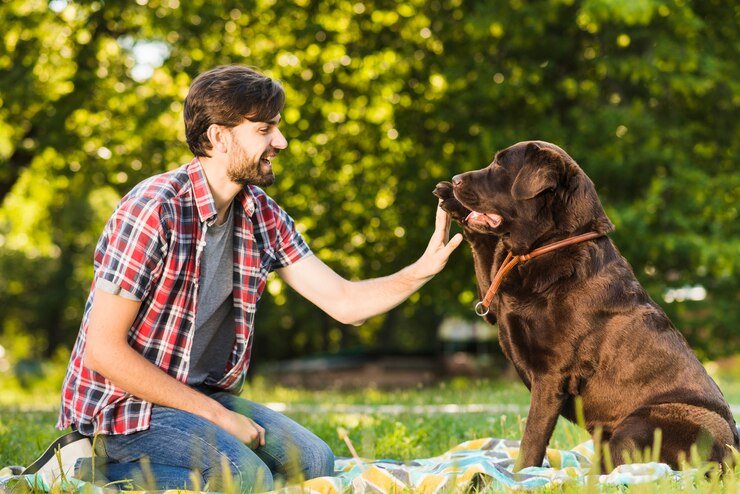- Home
- Dogs
- Cats
- Exotic pets
- Pet Care Wiki
- Lifestyle considerations (apartment vs. house, activity levels, allergies)
- Researching different breeds (temperament, size, grooming needs)
- Adopting vs. buying (shelters, breeders, rescue organizations)
- Preparing your home for a new pet (proofing, supplies)
- Vaccinations
- Parasite prevention (fleas, ticks, worms)
- Dental care
- Grooming
- Nutrition
- Regular check-ups
- Breed-specific health concerns
- Signs of illness
- First aid for pets
- Emergency situations
- Choosing the right vet
- Building a relationship with your vet
- Understanding pet insurance coverage
- Choosing the right plan
- Sit, stay, come, heel
- Leash training
- Housebreaking
- Crate training
- Barking, chewing, digging
- Aggression
- Separation anxiety
- Fear and anxiety
- Litter box problems
- Reward-based training methods
- Clicker training
- Avoiding punishment
- Understanding nutritional needs (age, breed, activity level)
- Comparing different types of food (dry, wet, raw)
- Reading food labels
- Allergies and sensitivities
- Weight management
- Senior diets
- Healthy treats
- Supplements for joint health, skin, and coat
- Interactive toys
- Puzzle feeders
- Training games
- Hide-and-seek
- Scent work
- Daily walks and exercise
- Playtime
- Dog parks
- Agility training
- Enrichment ideas for different species (cats, dogs, birds, reptiles).
- Preventing accidents
- Identifying and removing hazards
- Car safety
- Travel tips for different pets
- Building an emergency kit
- Knowing what to do in an emergency
- Finding pet-friendly hotels, restaurants, and attractions
- Tips for taking great photos of your pets
- DIY grooming tips
- Finding a professional groomer
- Finding reliable pet sitters and boarding facilities
- Grief support resources
- Saying goodbye to your pet
- Creating a memorial
- Sharing your memories
1. Choosing Your Pet2. Pet Health & Wellness3. Pet Training & Behavior4. Pet Nutrition & Diet5. Pet Enrichment & Entertainment6. Pet Safety & First Aid7. Pet-Related Lifestyle8. Pet Loss & Grief1. Choosing Your PetChoosing the Right Pet for You:
Bringing Your Pet Home:
2. Pet Health & WellnessPreventative Care:
Common Health Issues:
Finding a Veterinarian:
Pet Insurance:
3. Pet Training & BehaviorBasic Obedience Training:
Addressing Behavioral Issues:
Positive Reinforcement Training:
4. Pet Nutrition & DietChoosing the Right Food:
Special Diets:
Treats and Supplements:
5. Pet Enrichment & EntertainmentProviding Mental Stimulation:
Physical Activity:
Creating a Safe and Enriching Environment:
6. Pet Safety & First AidPet-proofing your home:
Pet-friendly travel:
Emergency preparedness:
7. Pet-Related LifestylePet-friendly travel destinations:
Pet photography:
Pet grooming:
Pet-sitting and boarding:
8. Pet Loss & GriefCoping with pet loss:
Memorializing your pet:
- Pet Deals
- About Us














